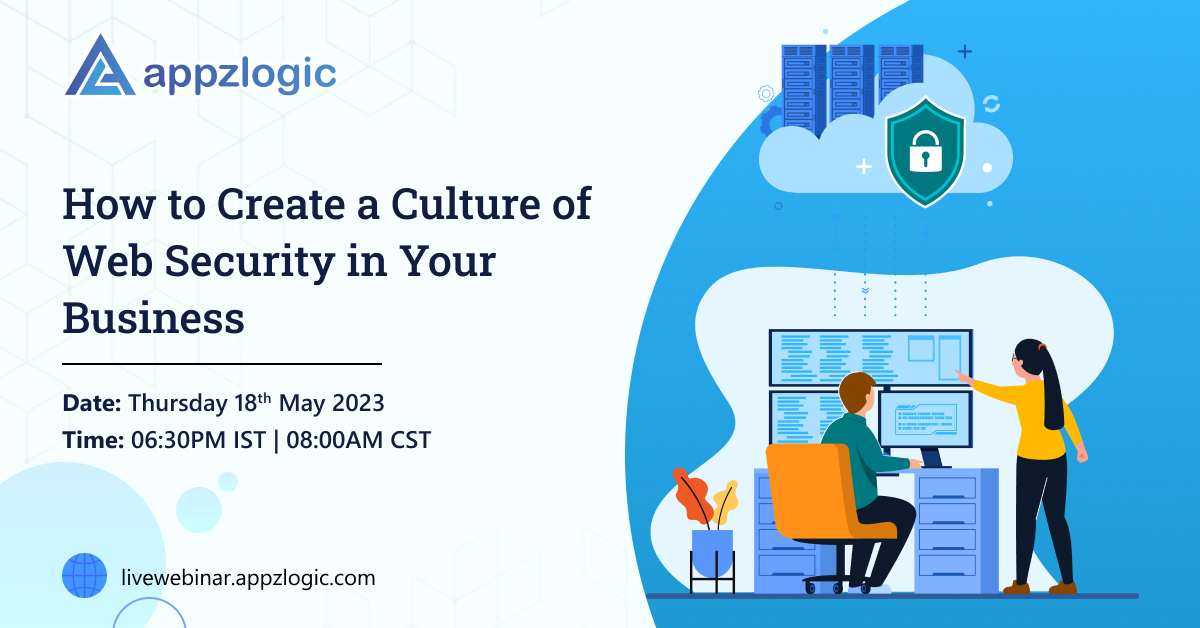In any modern workplace, cybersecurity is always a matter of great concern for everyone. As we are living in a post-pandemic era where hybrid working and remote working are quite frequent; the threat landscape has been fundamentally changed. Along with working culture; it is important to update the cybersecurity policy as well to cope with the modern-day business challenges.
How does the cyber security landscape change?
There was a time when real-estate was considered the most valuable asset or the capital of the company. However, in the present time, the data of any organization is the real gold. And all the hackers are behind that valuable confidential information.
Moreover, the hybrid work culture brings in another threat as it opens another gateway that is vulnerable. Every organization must identify the new risks, and make robust strategies to safeguard. They need to make sure that the strategies are aligned with their business goal.
Why it is important to create a Web Security Culture in Your Organization?
To protect valuable data, it is important to have a positive cyber security culture at the workplace. While most organizations establish tight security plans; the main pain point is not technical – it is the employees. Instead of attacking a server; the hackers focus on individuals to lure them with malware, phishing, ransomware, or other scams. In case, any of them will connect their corporate phone to the public Wi-Fi network; the hackers will get the key to the gold mine. A simple mistake can cost huge for any organization.
In this digital age, everyone is the weakest link. So, it is very important to establish a proper web security culture.
To foster a robust security culture in any organization here are some tips that will definitely help you.
1. Creating an Instant Response Plan for Cyber Incident: Having a plan is essential for success in business, especially when it comes to cybersecurity. Neglecting to plan can result in devastating consequences such as becoming a victim of cyber attacks and having to pay for damages suffered by customers.
To establish a strong cybersecurity culture, you have to start by defining a set of easily measurable basic metrics that can be updated as required. This applies to businesses of any size. Moreover, keeping everyone up-to-date on the metrics is vital. By using current behavior as a starting point, it becomes easier to track progress and make weekly improvements.
Creating a Cyber Incident Response Plan is another important step for a robust cybersecurity strategy. Make sure that, all key stakeholders in the company are aware of the plan and have a clear understanding regarding the steps to take in case of a cyber incident. A well-crafted plan can reduce the damage caused by an attack and minimize losses.
Given the increasing threat of ransomware attacks, it’s important to be prepared in advance. Utilize resources such as a free Ransomware Prevention Checklist and ensure that your IT & Security team has access to a Ransomware Response Workflow Guide. These guides can be invaluable in helping staff respond to ransomware attacks effectively and minimizing the associated financial, operational, and reputational costs.
2. Involve Whole Company: To implement effective cybersecurity practices in your organization, you may find that many employees may resist change. To overcome this challenge, you must motivate and educate them with adequate resources, and potential bonuses to encourage employee engagement. One of the top priorities should be investing in high-quality cybersecurity training for your employees.
It is important to educate your staff on identifying and avoiding phishing emails and potential threats. The management and IT teams should focus on protecting the most valuable assets of the company. Conducting a cyber tabletop exercise can be a useful tool in building a healthy security culture and preparing for potential cyber-attacks.
The cost a company may bear in case of a data breach is much higher than investing in the cybersecurity initiative to safeguard the IT infrastructure.
3. Make The Learning Process Fun: While most of the company training sessions bear the tag of boring; the web security training should be fun and light so that there will be more interaction and engagement.
It is important to show the employees how a single attack can affect their personal life as well apart from the organization. For example; if they don’t know why they have to use a VPN for safe browsing; you can hire an ethical hacker who will show some real-life scenarios of attacks. When everyone will see and realize how vulnerable they are in front of these modern-day challenges; they will be cautious.
In a well-established cybersecurity culture, individuals take accountability for supporting security and are equipped with the necessary training and expertise to act on it. This collaborative effort transforms employees from being a liability to being a promoter of security, and they may even take proactive measures to safeguard the organization as they become more aware of cybersecurity best practices. Given the escalating expenses associated with cybercrime, adopting a proactive approach will undoubtedly yield benefits for both employees and businesses.




